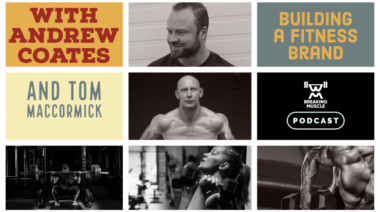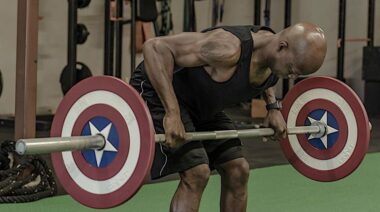The muscle growth paradigm for decades has been the hormone hypothesis. This theory holds that chemical messengers like testosterone are what stimulate muscle protein synthesis and thus lead to greater strength and size.
For this reason, traditional hypertrophy programs focus on short rest periods, which cause a greater disruption of homeostasis and also a greater hormonal response.
A Paradigm Shift
However, over the last few years this paradigm has met some serious challenges, and many people now believe it is ultimately incorrect. While the hormones that support anabolism are certainly beneficial – of that there is no doubt whatsoever – they do not seem to be its root cause.
This shift in thinking has created some changes you may see rippling through the world of exercise. One of those increasingly popular changes, outlined in a new study in the Journal of Strength and Conditioning Research, is the use of longer rest periods.
The reason for longer rest periods is simple. More rest allows you to either lift more
weight for the same number of repetitions or the same weight for more repetitions. Either will likely lead to increased hypertrophy.
Study Design
In the Journal study, the researchers acknowledged a tradeoff with this method. While volume and intensity were better maintained by increasing the length of rest periods, the workouts were also longer, which is something many people wish to avoid. The researchers hoped to find a way to use longer rest periods and still reap the advantages of a quicker workout.
To do this, the participants performed a bench press and bench pull (a lying version of a chest-supported row) during the rest period of a squat. The focus was on the squat exercise, but by adding the two upper body lifts, more work could be done without taxing the lower body muscles.
Any serious lifter knows, the importance of upper body muscles in doing a squat, but it is primarily a leg and trunk muscle workout, so the researchers wondered what impact the upper body work would have. If you add these lifts into your workout, it could be a great time saver while simultaneously granting the benefits of lengthy rest periods.
The participants of the study were twenty resistance-trained men in their twenties. They all had been engaging in a regular resistance program for at least one year, and all could perform a minimum of 1.5-times bodyweight squat (the average was about a 1.8-times bodyweight squat). They were by no means herculean, but certainly a bit above average.
There were two workouts, in both of which the participants performed four sets of squats. In one workout, that’s all they did, and in the other they did the bench pull and bench press during the rest periods in between the sets of squats. In both cases there were about three minutes between sets of squats.
Results
Both power and volume were affected when the upper body lifts were done during rest periods. Average power in the squats dropped when the upper body lifts were performed, but only in the fourth set. The number of repetitions until failure also dropped by a couple reps for most, but this was pretty variable.
So if your goal is to have a short workout, mixing upper and lower body workouts is effective so long as you limit the total number of sets. If your goal is to get the most of a workout, regardless of its length, you’re probably better off focusing on one lift at a time.
References:
1. Anthony Ciccone, et. al., “Effects of Traditional Versus Alternating Whole-body Strength Training on Squat Performance,” Journal of Strength and Conditioning Research, DOI: 10.1519/JSC.0000000000000586
Photo courtesy of Shutterstock.






